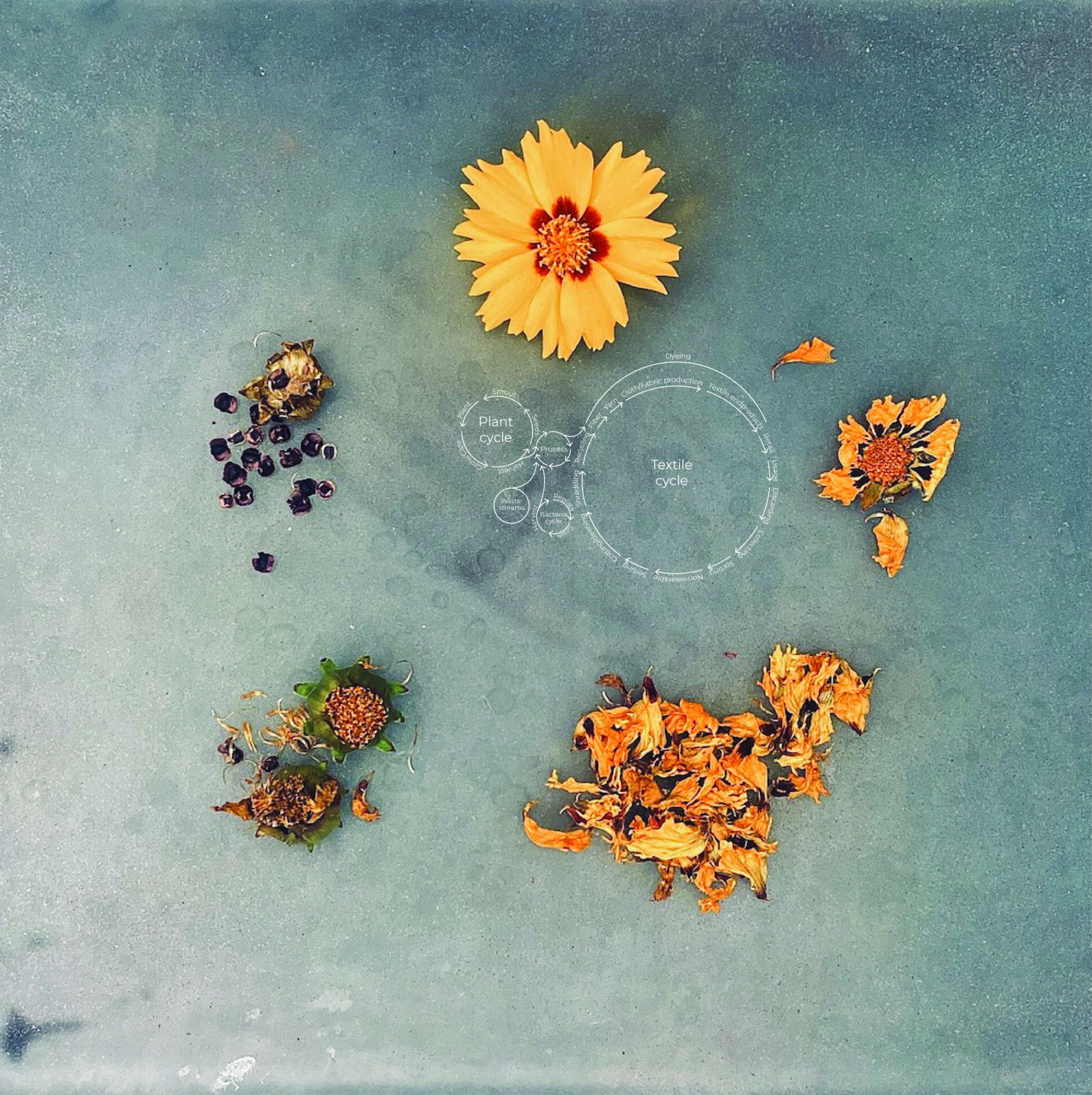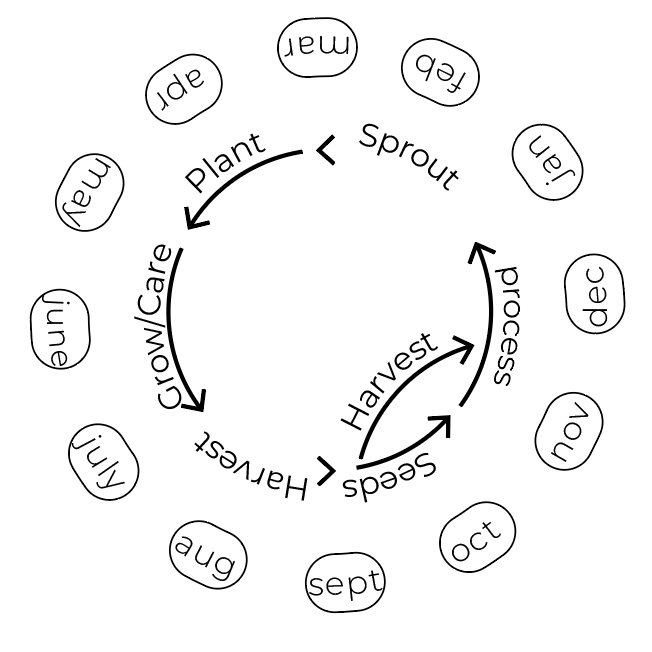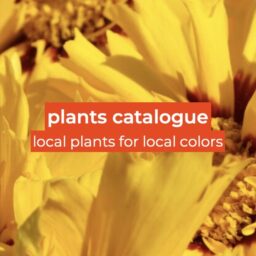A closed value chain for biochromes in an urban context has the potential to reconnect local productive communities and foster a maker culture that enhances local capacity. The transition towards a regenerative city – an urban model that is designed to restore and enhance the natural environment while supporting the well-being and resilience of its inhabitants – creates exciting opportunities for entrepreneurship and the innovation of craftsmanship. By sharing knowledge and fostering collaboration we aim to strengthen social cohesion through creative processes and innovation.
In Local Color we identify 5 key value chains that, together, could cultivate a closed value chain on biochromes. The botanical cycle focuses on the production of natural resources for dye matter and textile fibers, setting the pace and rhythm of production in respectful collaboration with nature. The bacteria cycle showcases the use of pigmented bacteria for textile dyeing, while the food waste cycle explores the potential of reusing food waste as a dye material. The circular textile chain envisions the circular production of textile products and shows the stage where the dyeing process takes place. Lastly, the cycle that processes living matter into textile and dye matter is where the magic truly happens. This cycle extends the lifespans of resources and unveils the hidden treasures provided by nature.

 In local color, the botanical cycles are one of the most prominent value chains that is being explored in the context of the city of Amsterdam.
In local color, the botanical cycles are one of the most prominent value chains that is being explored in the context of the city of Amsterdam.
